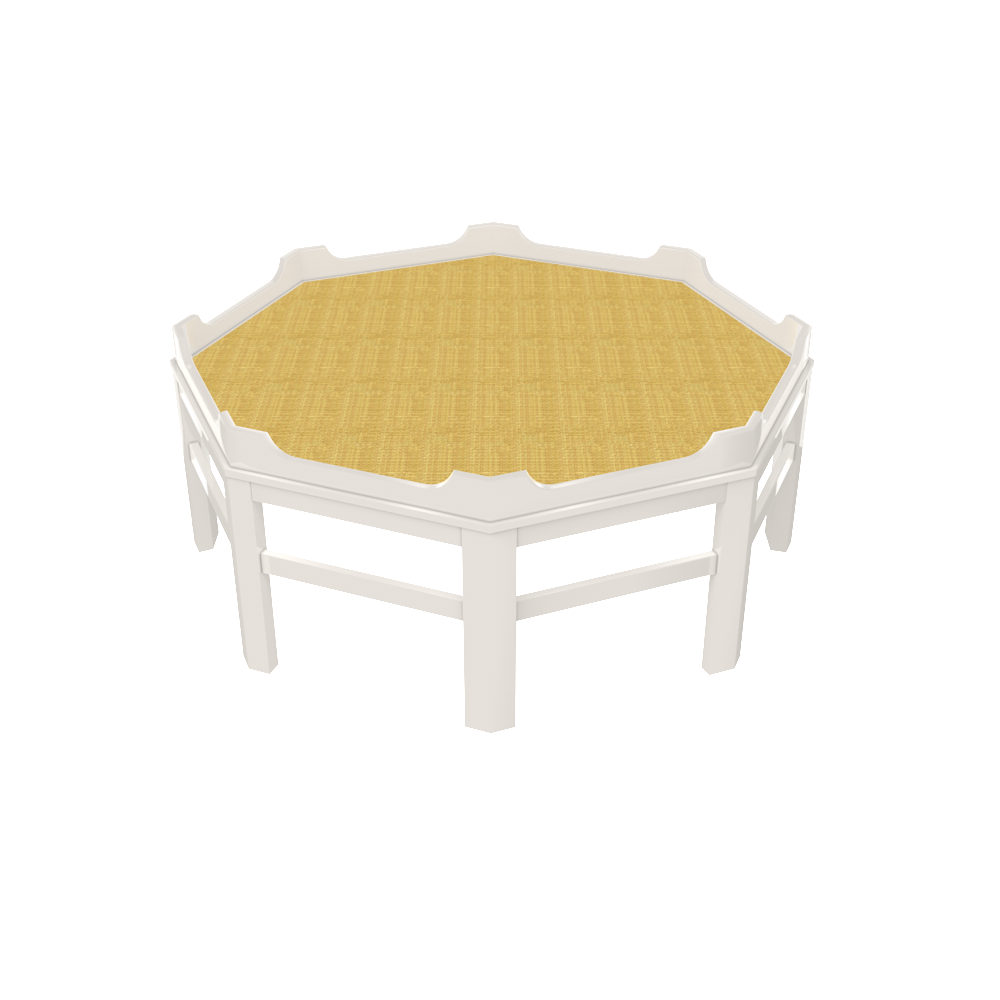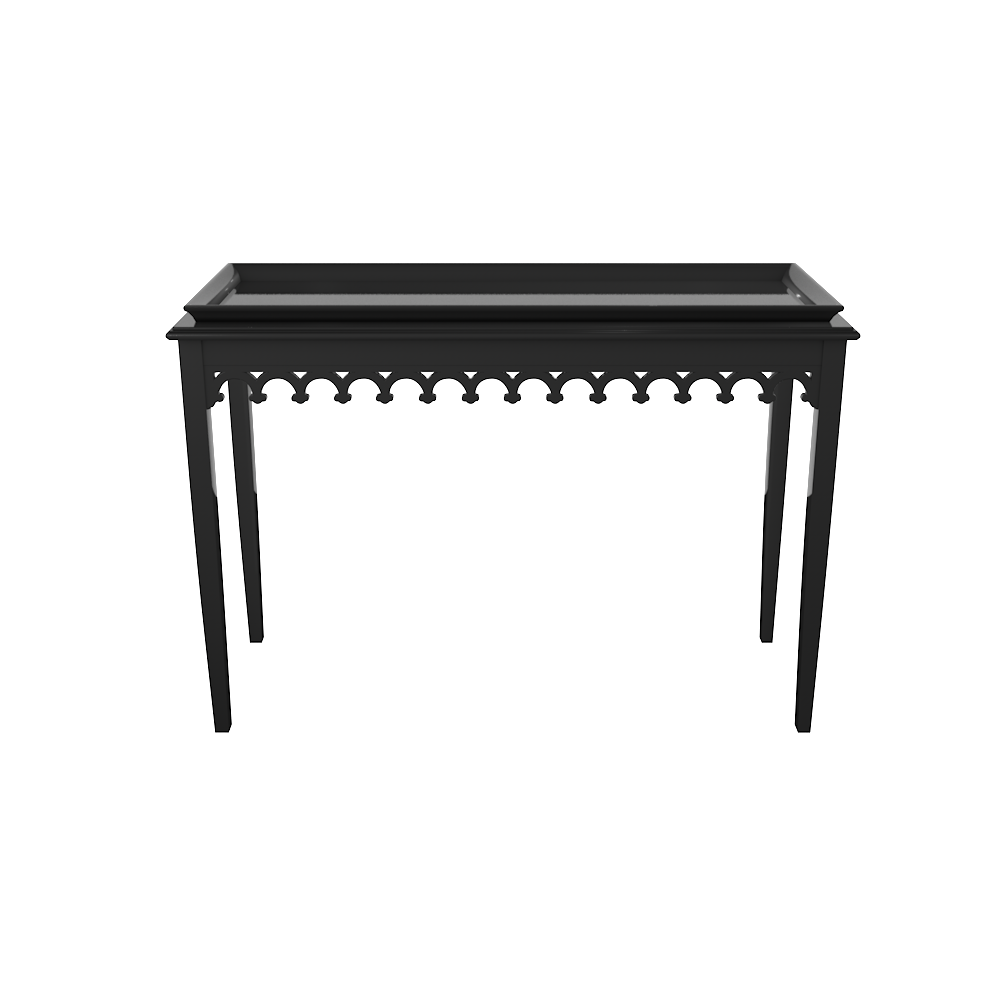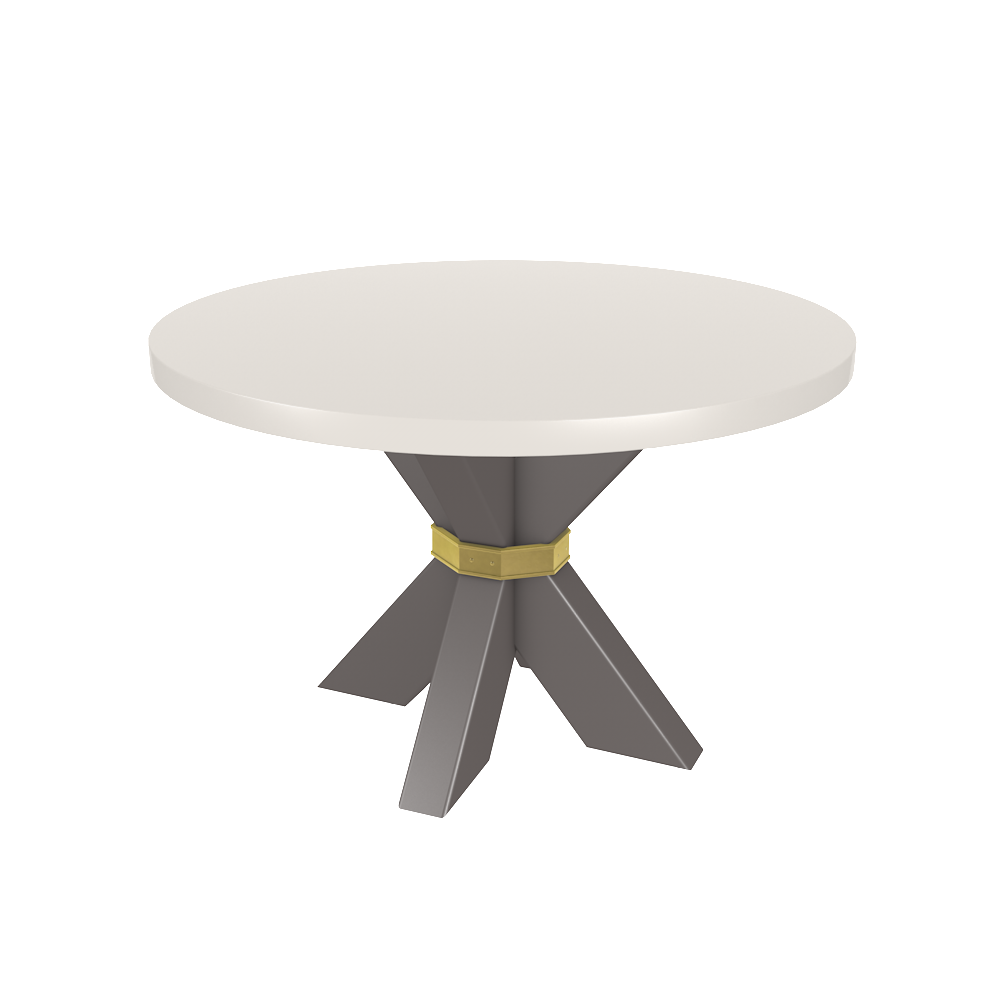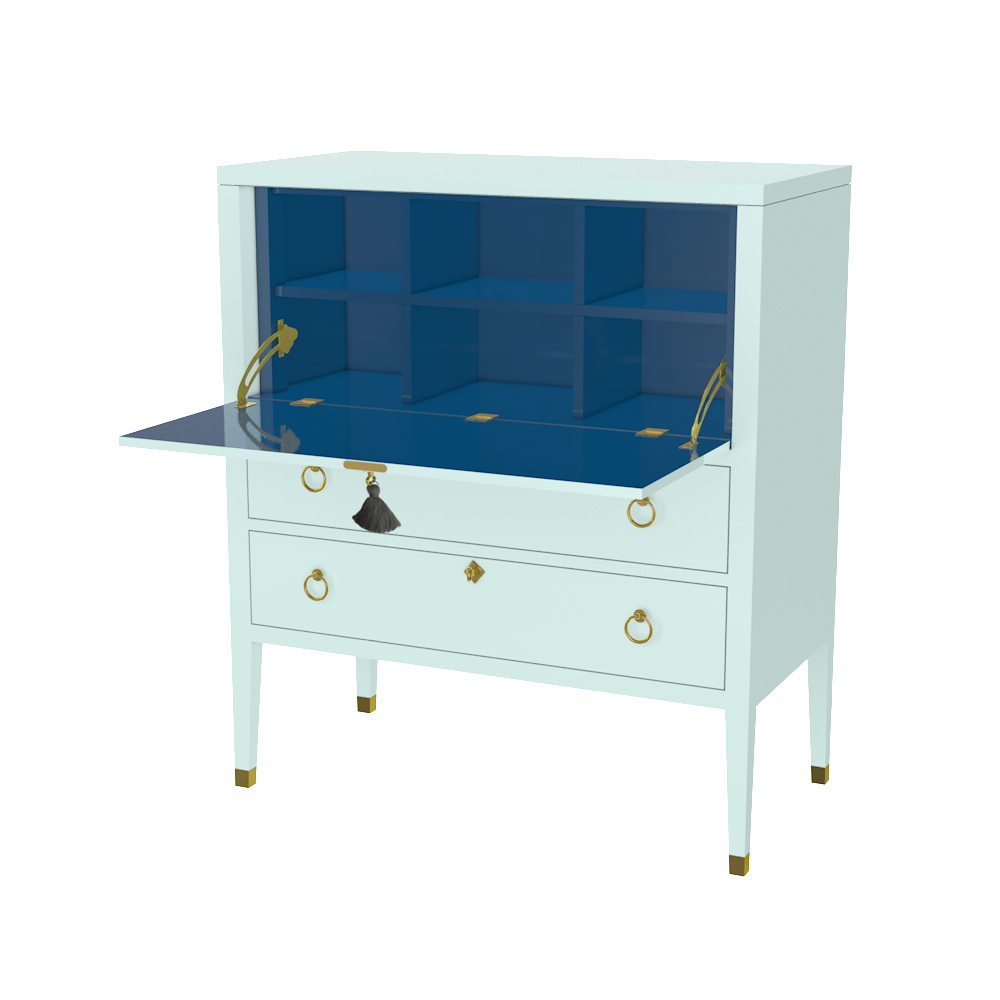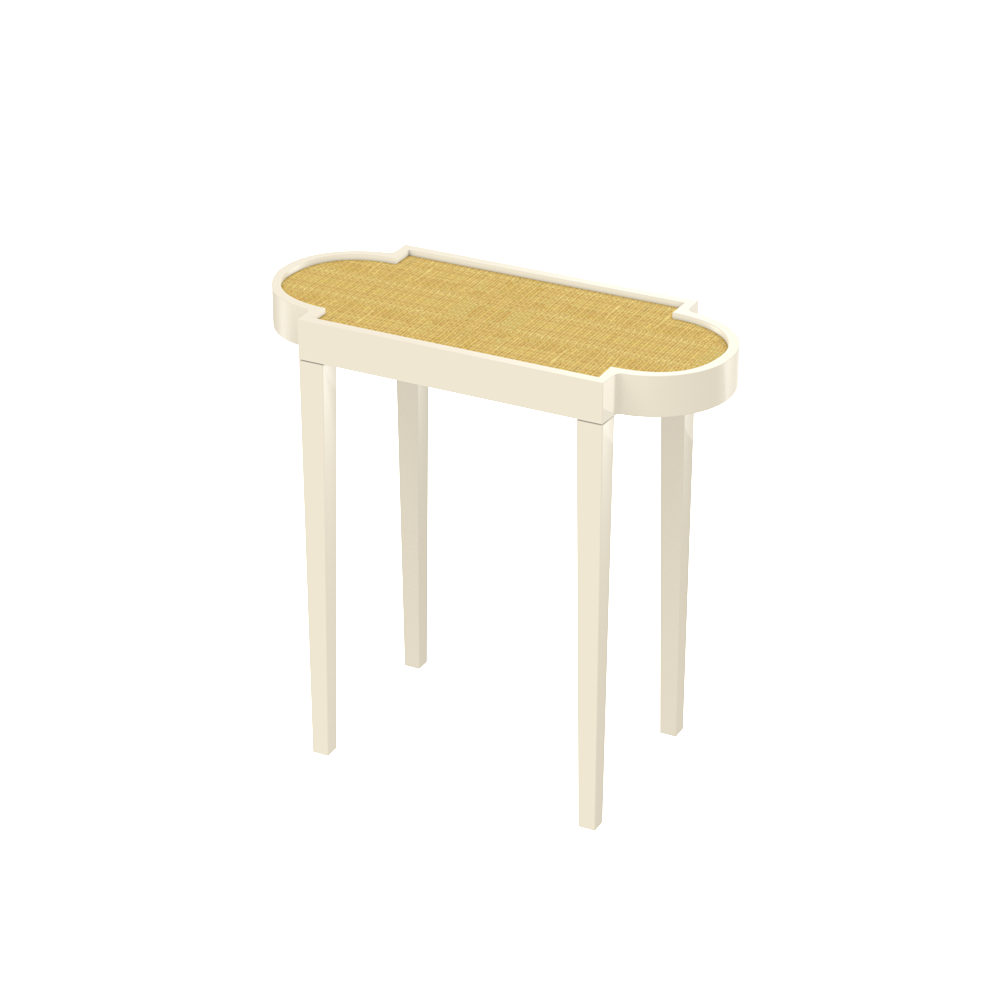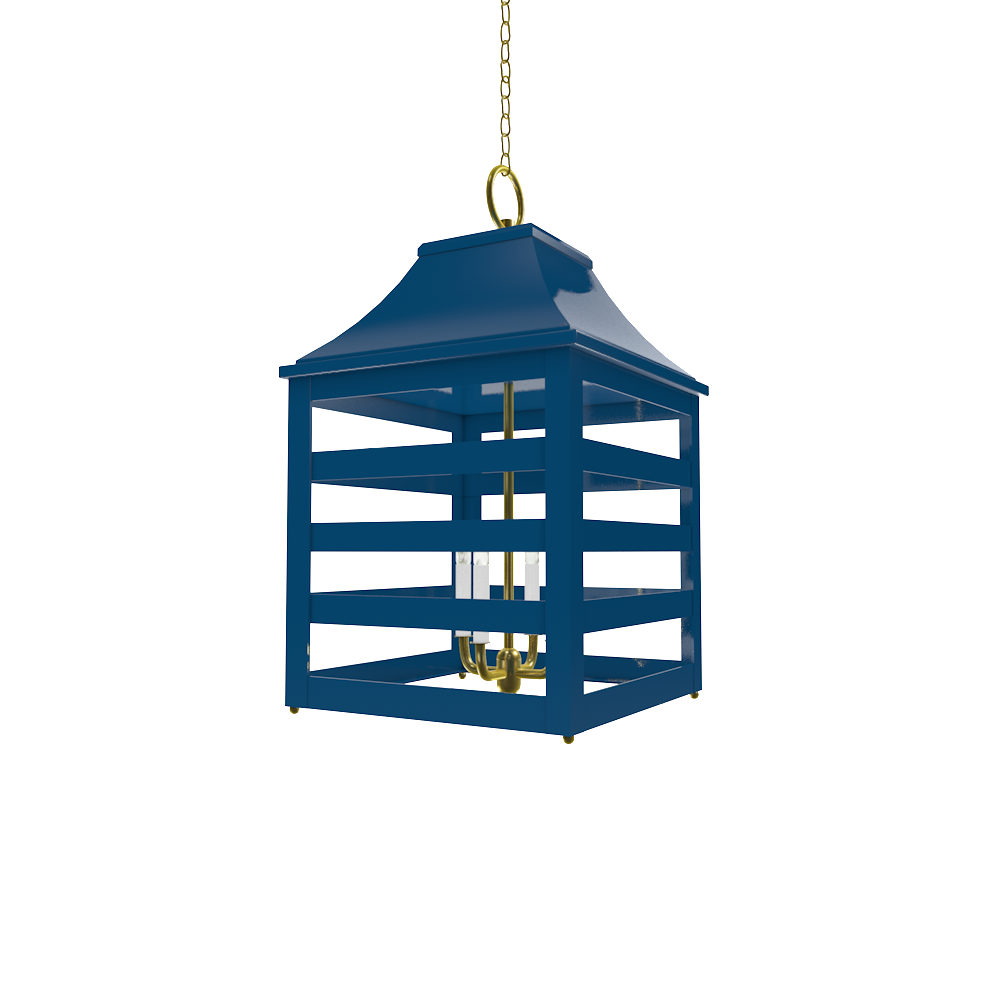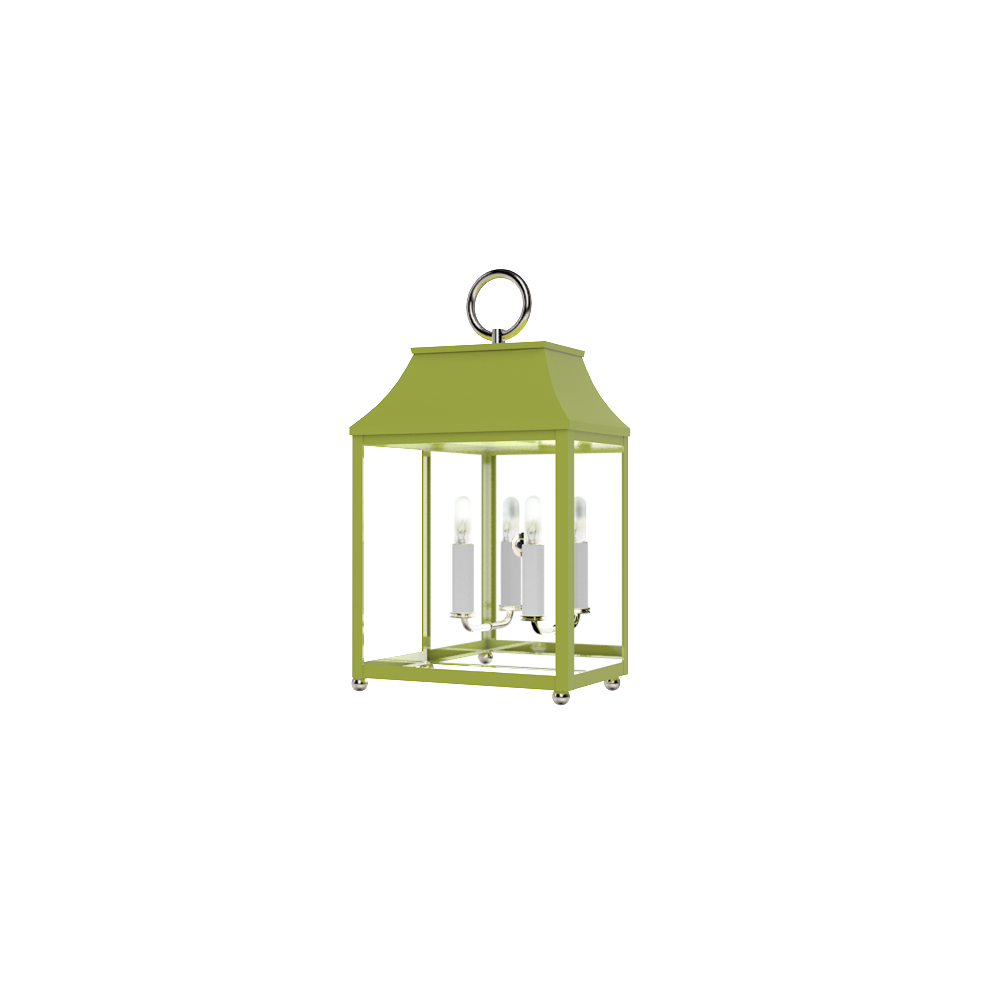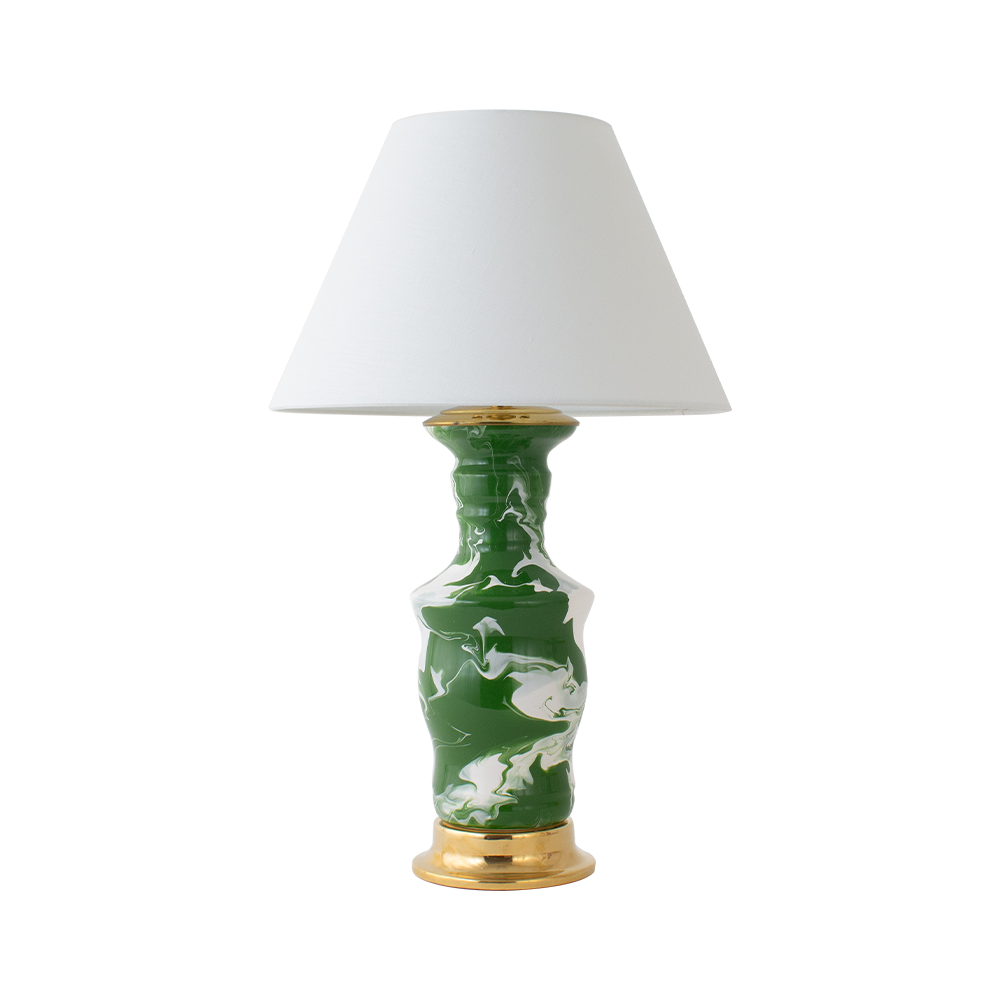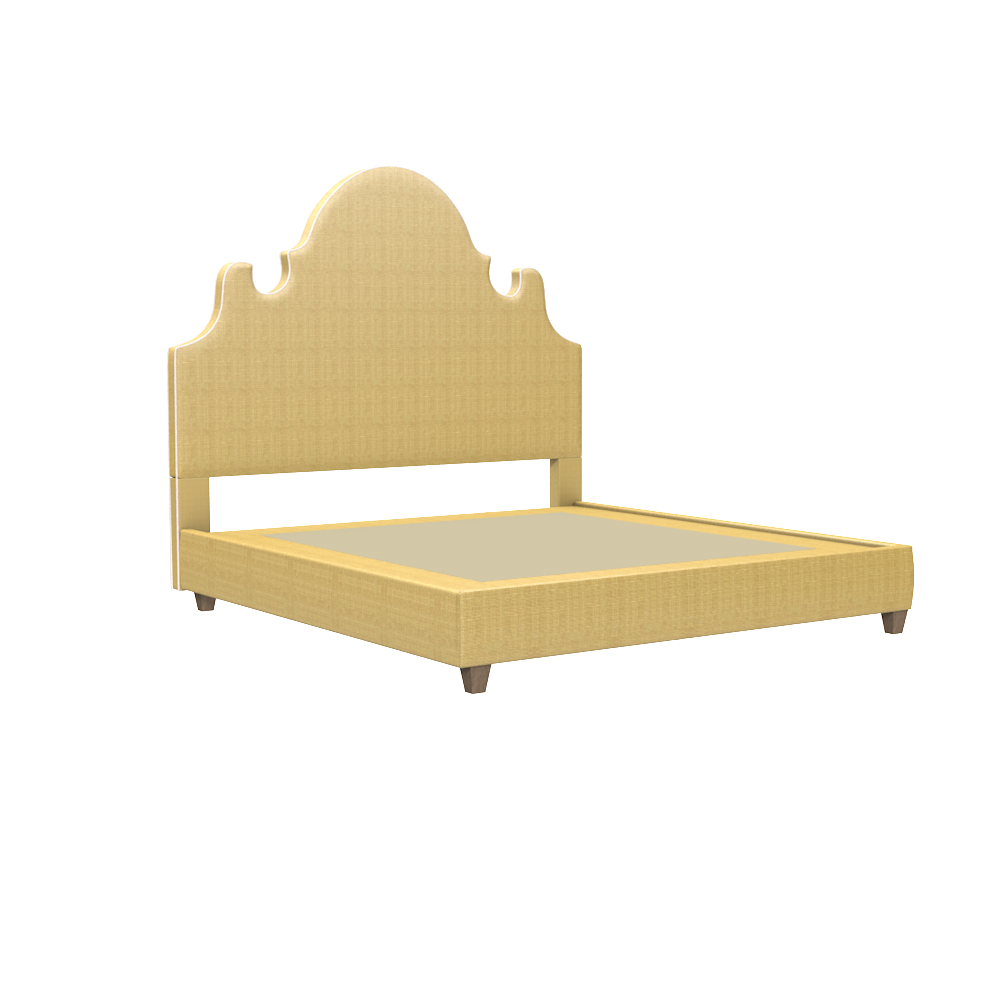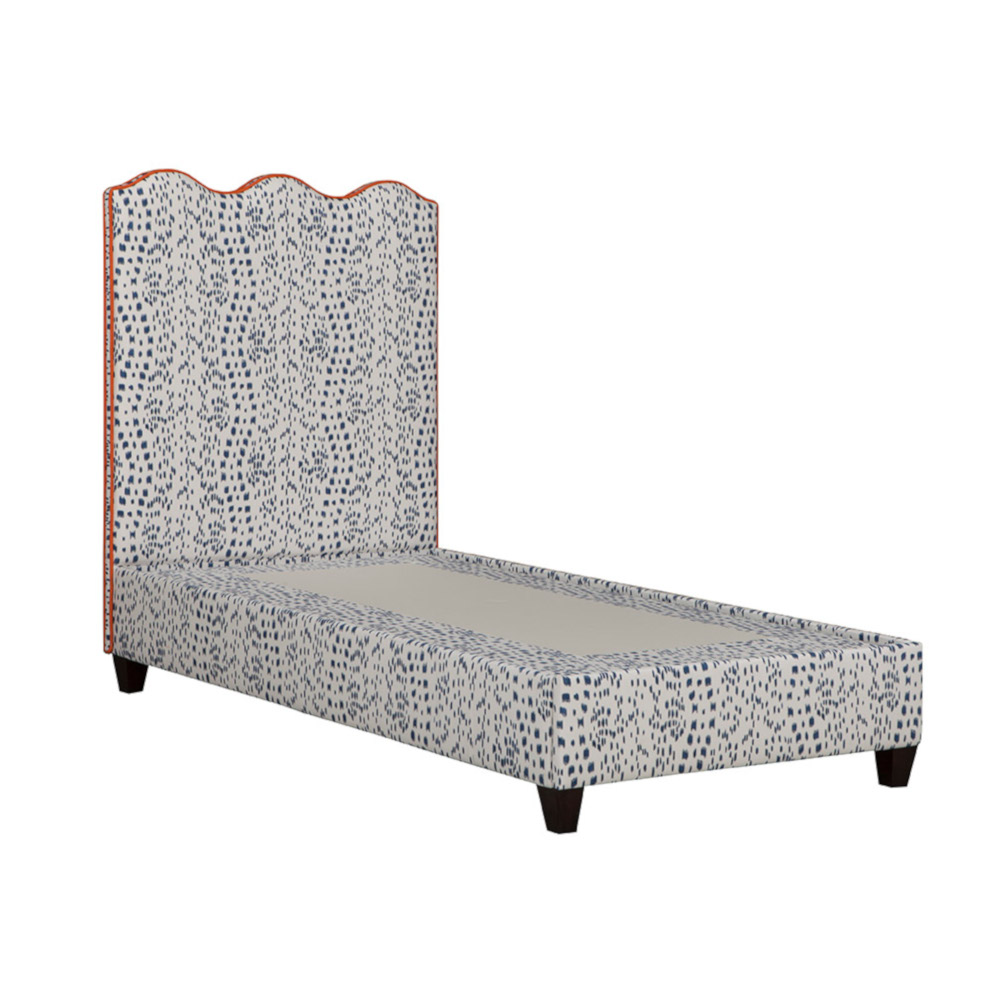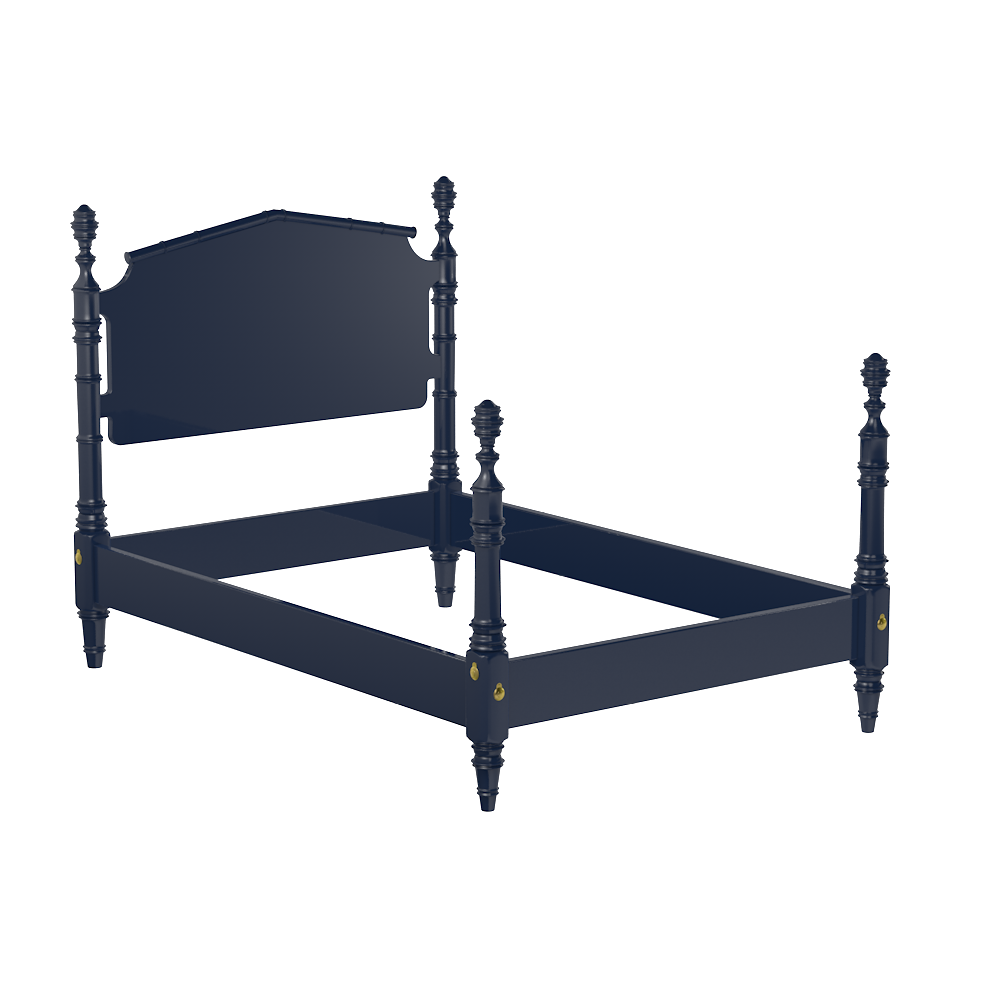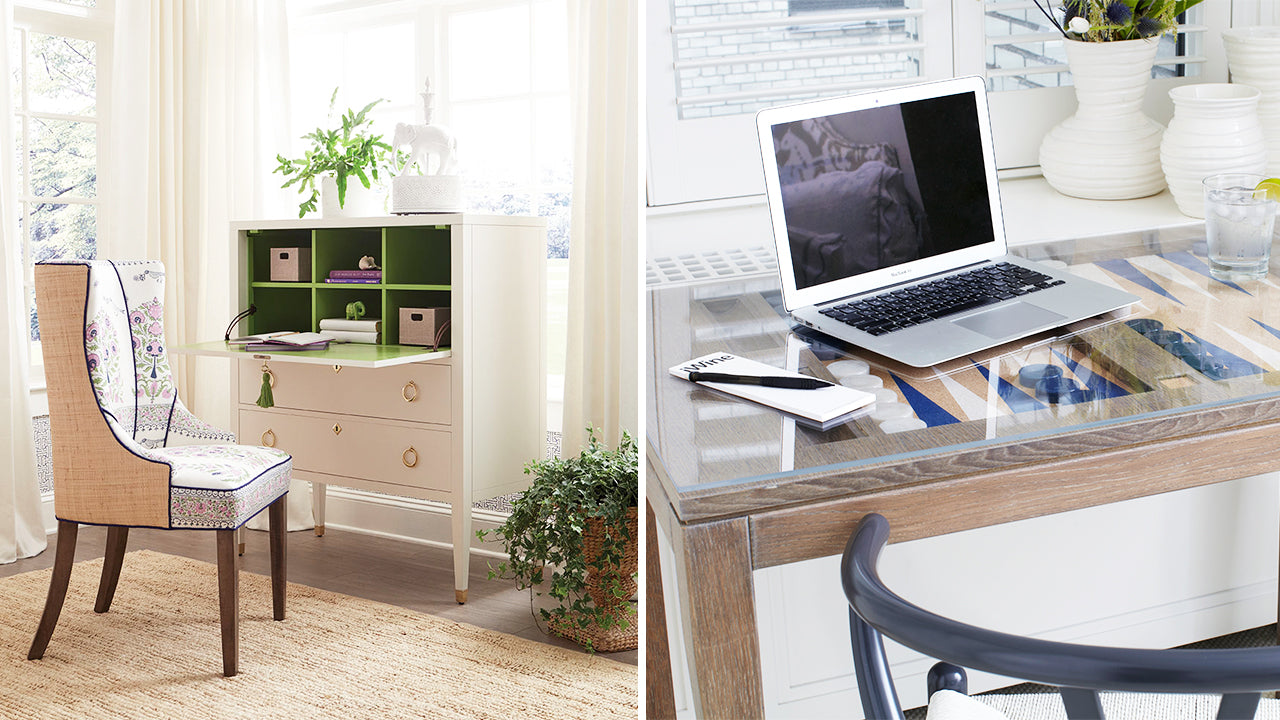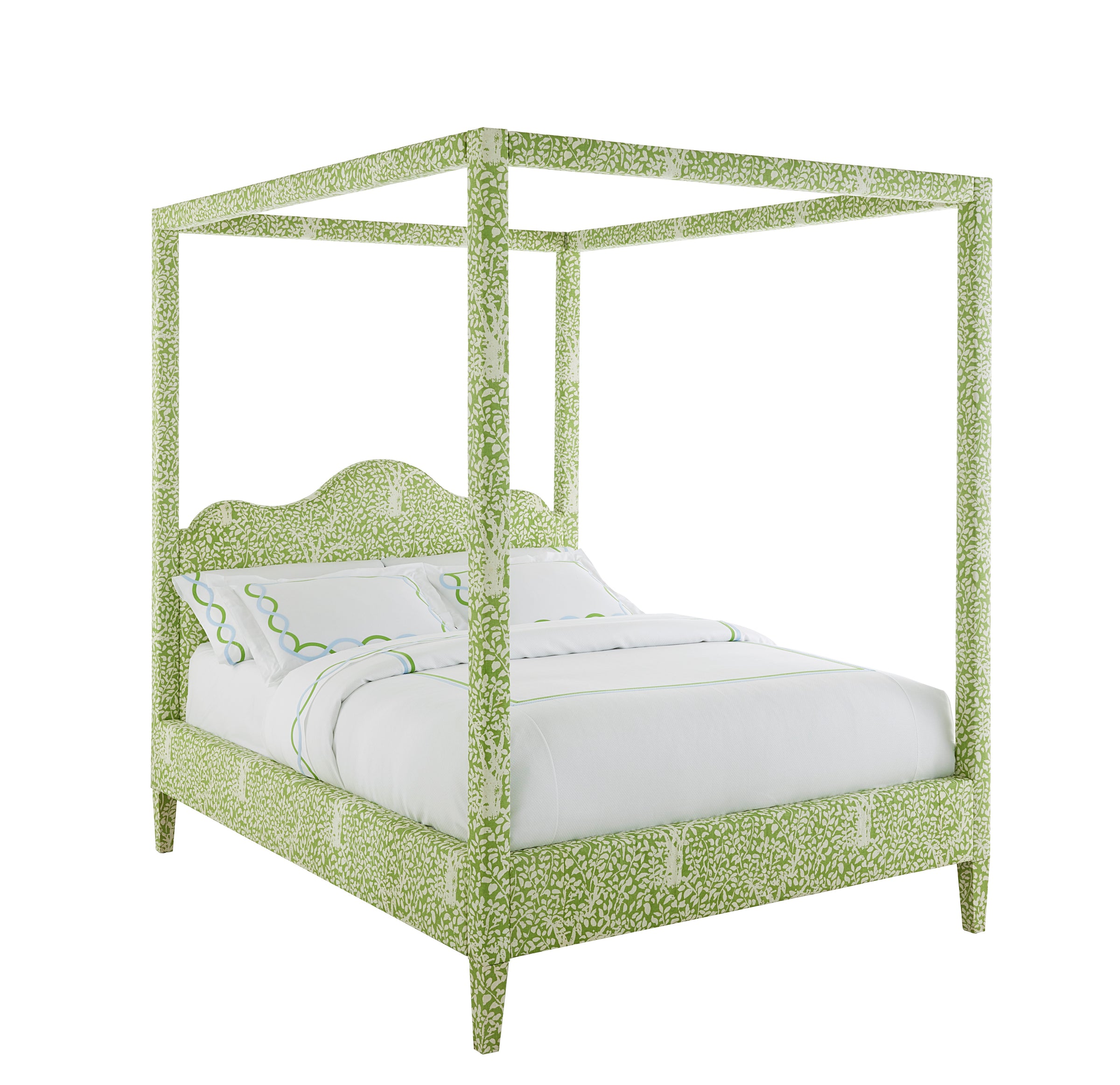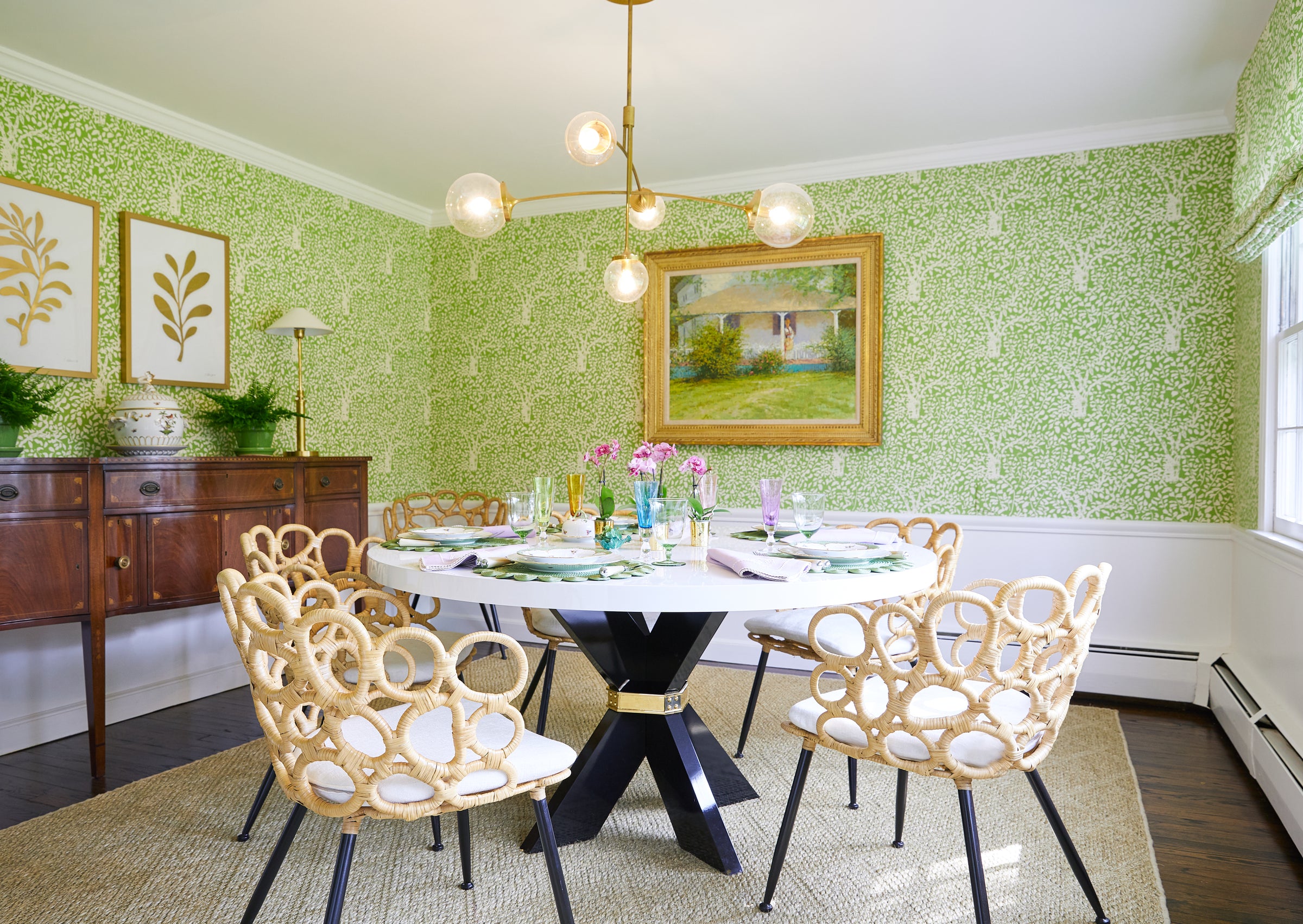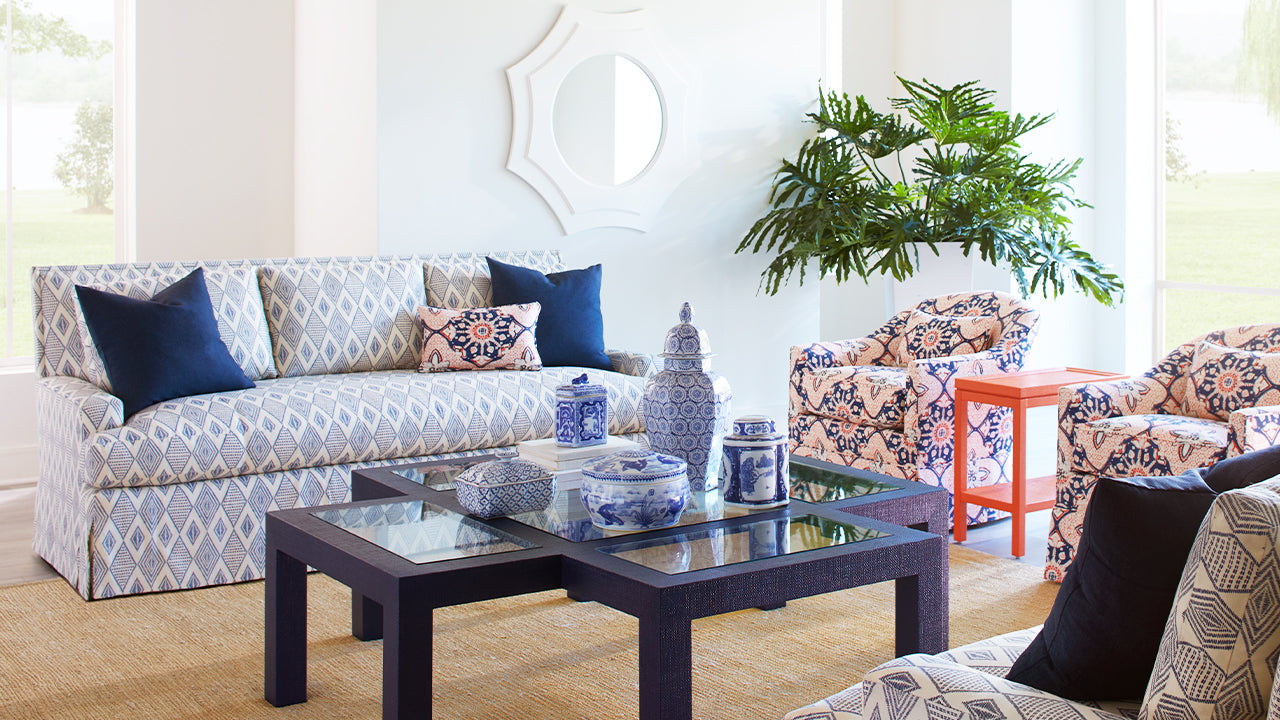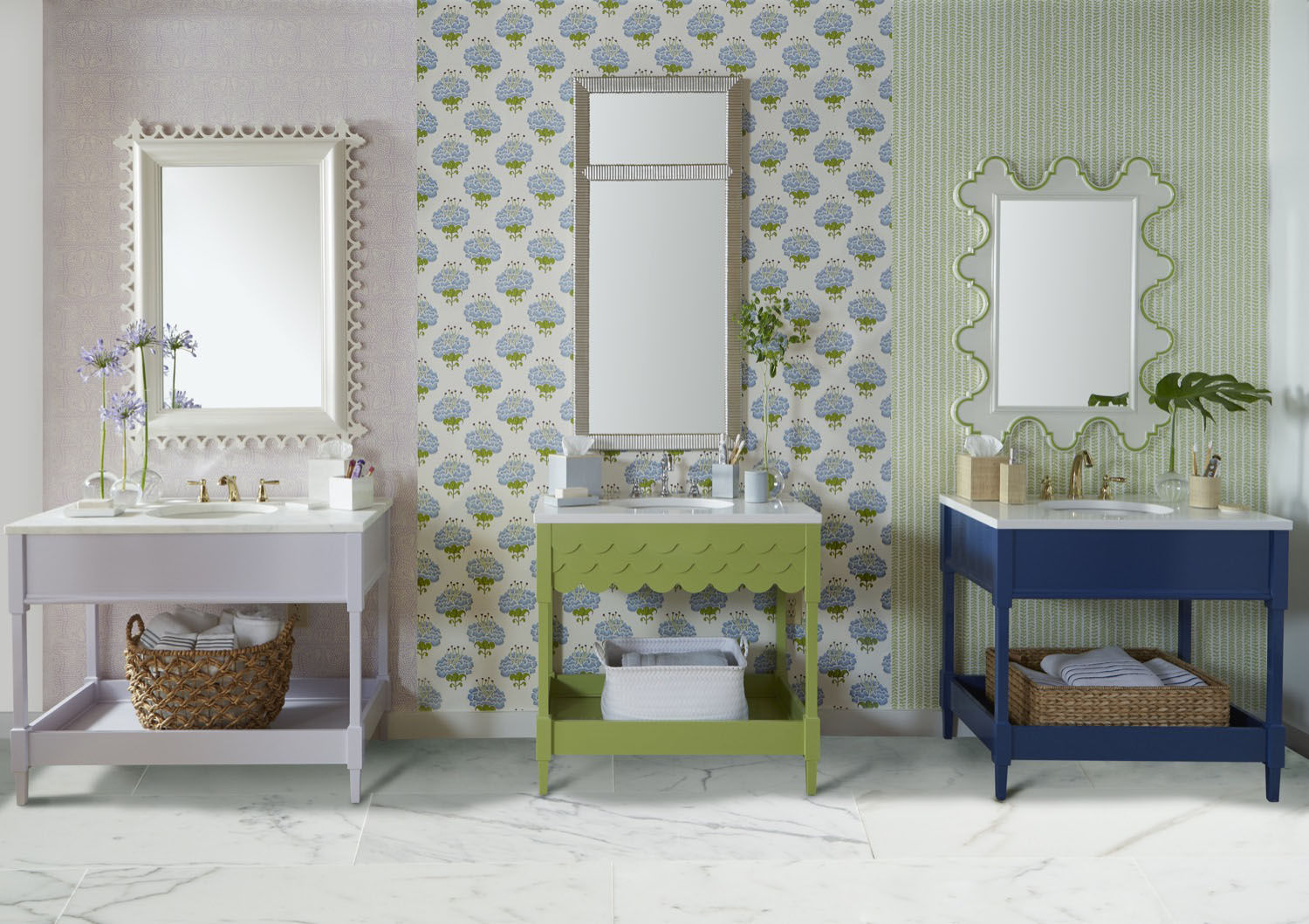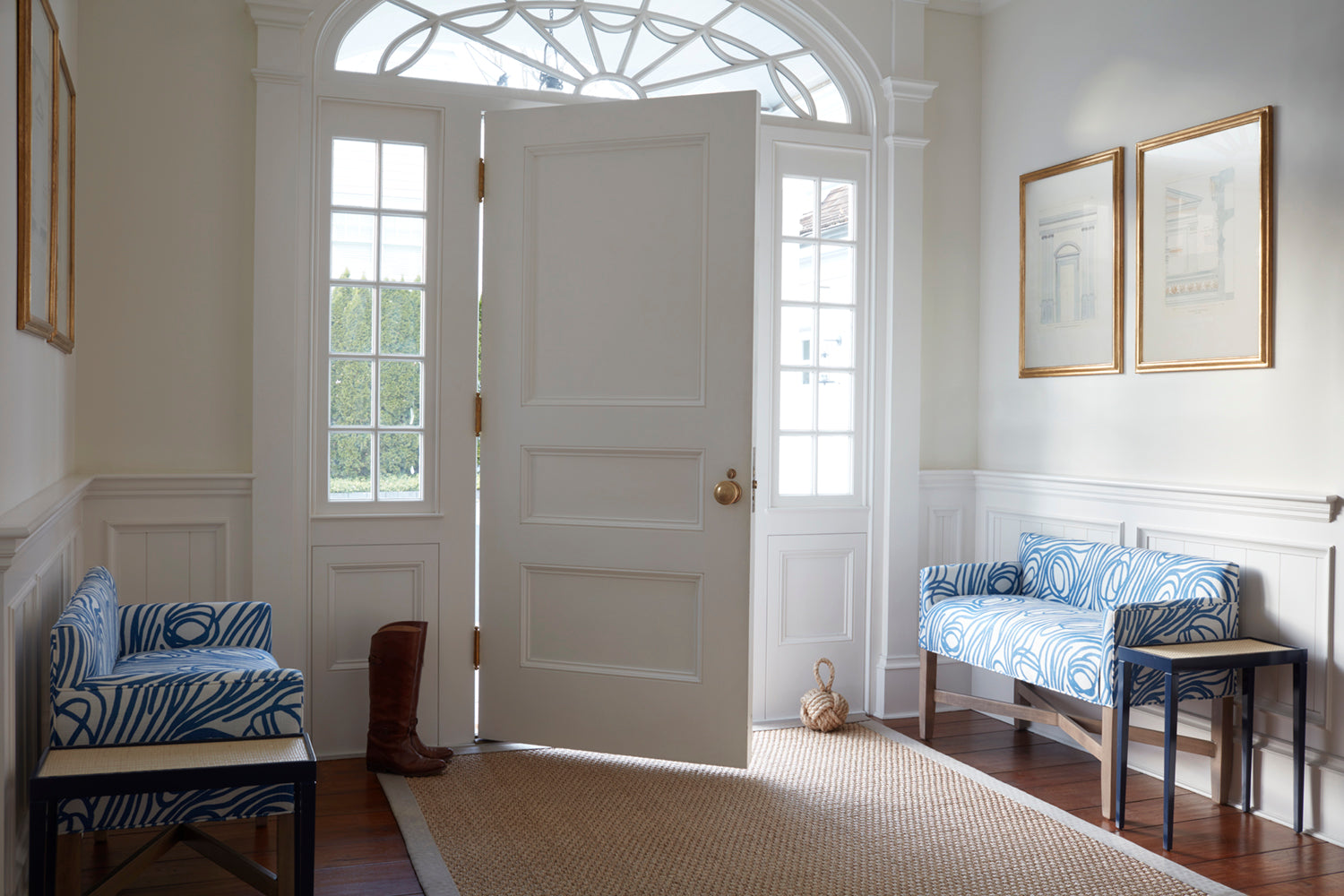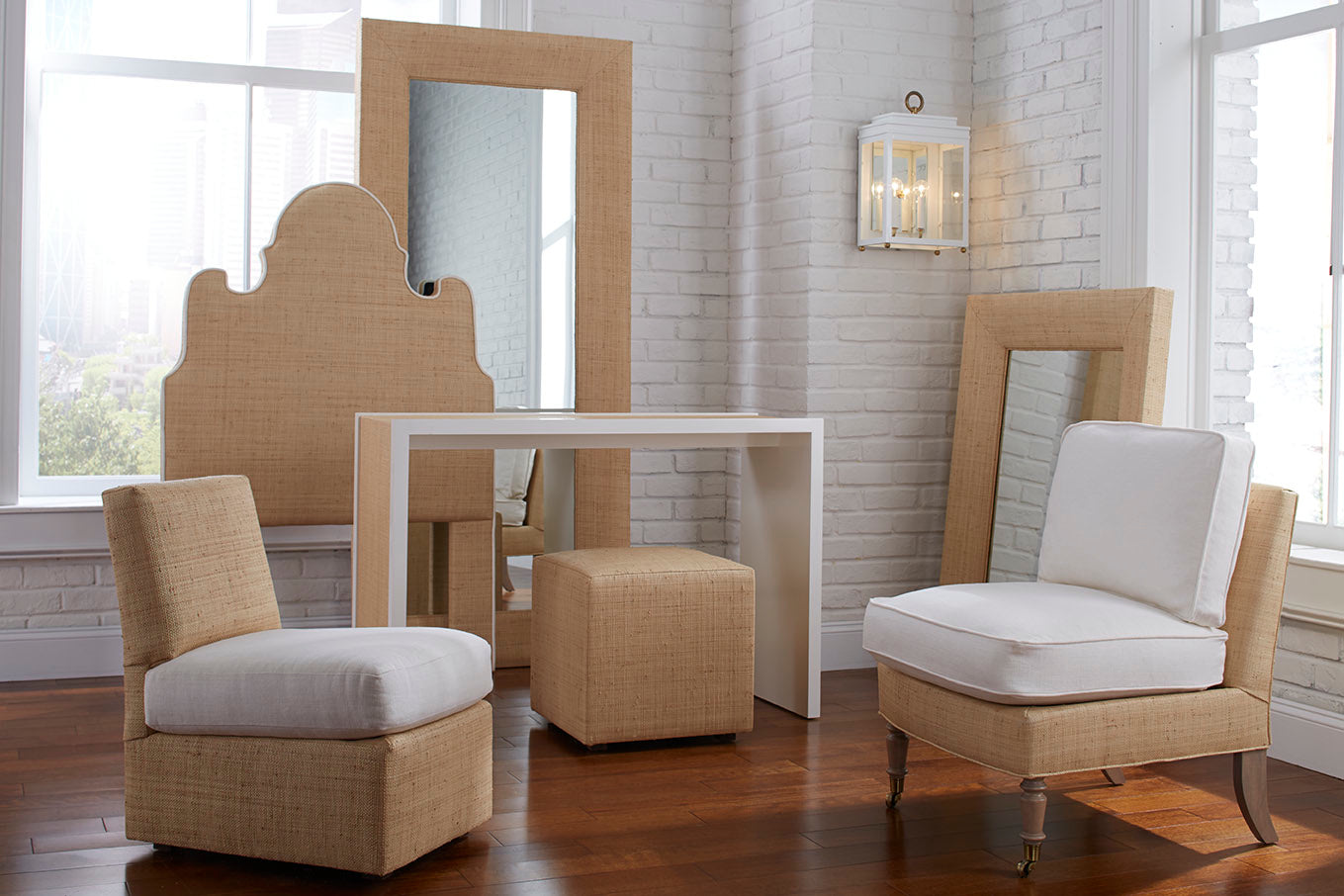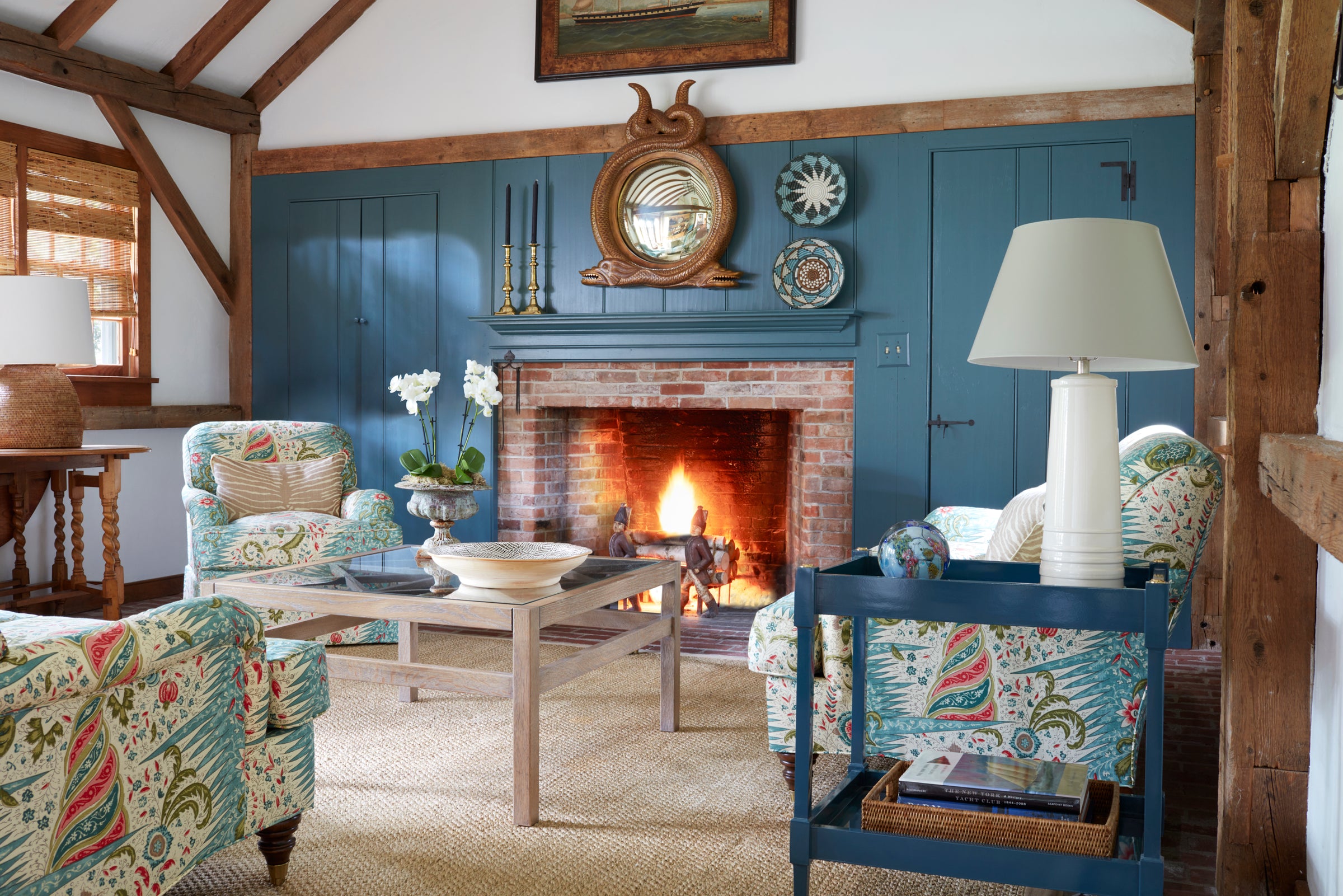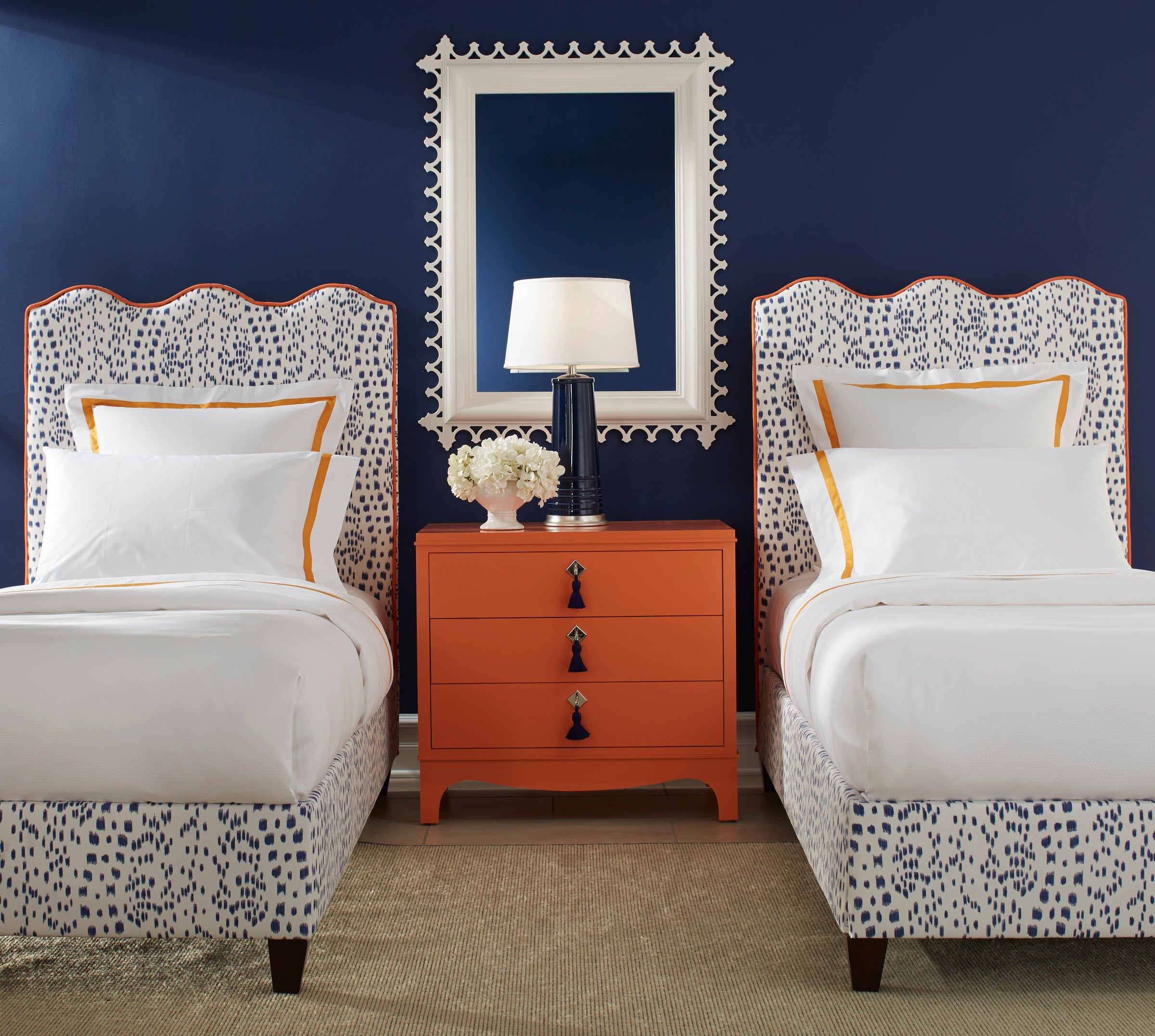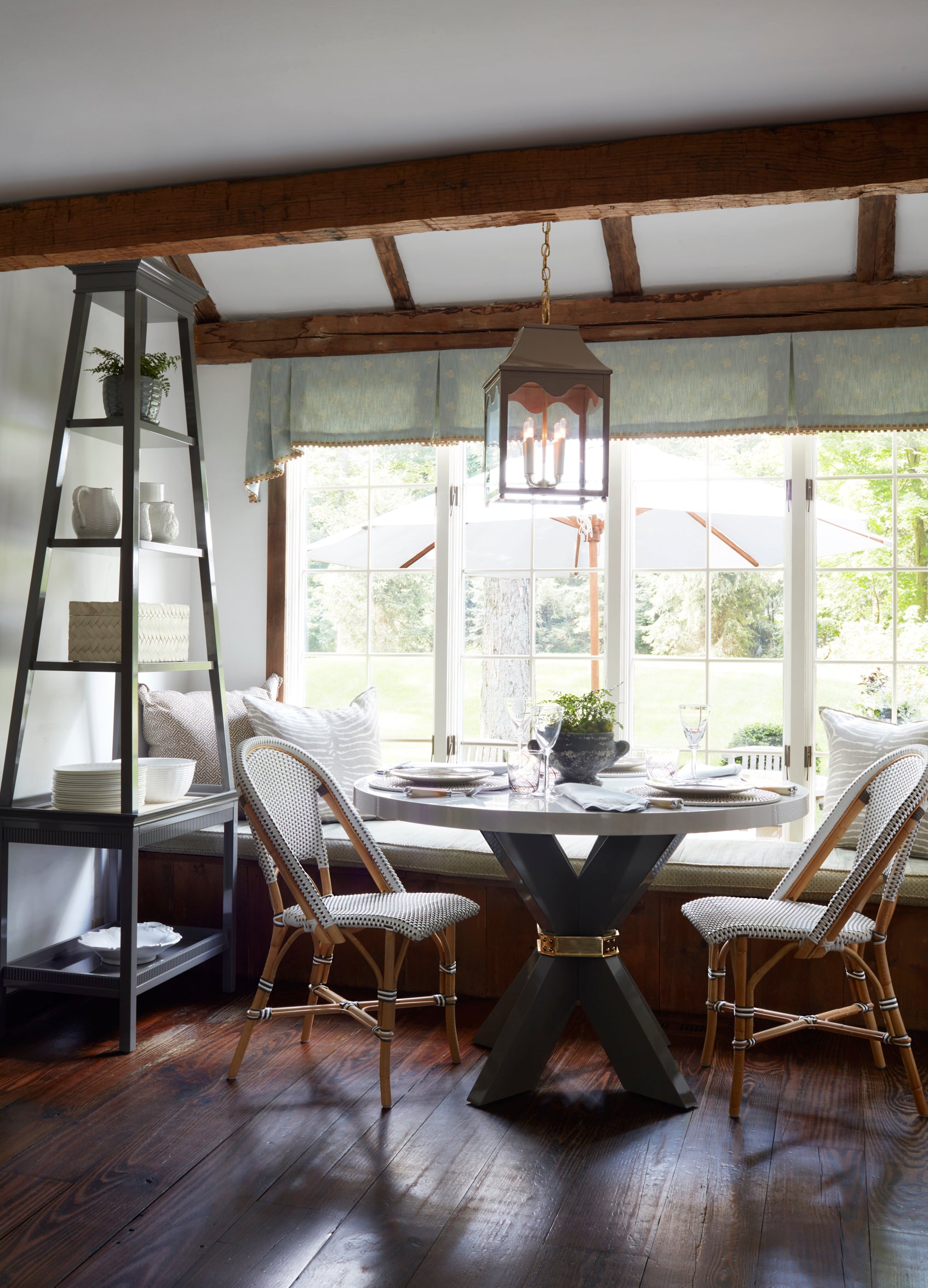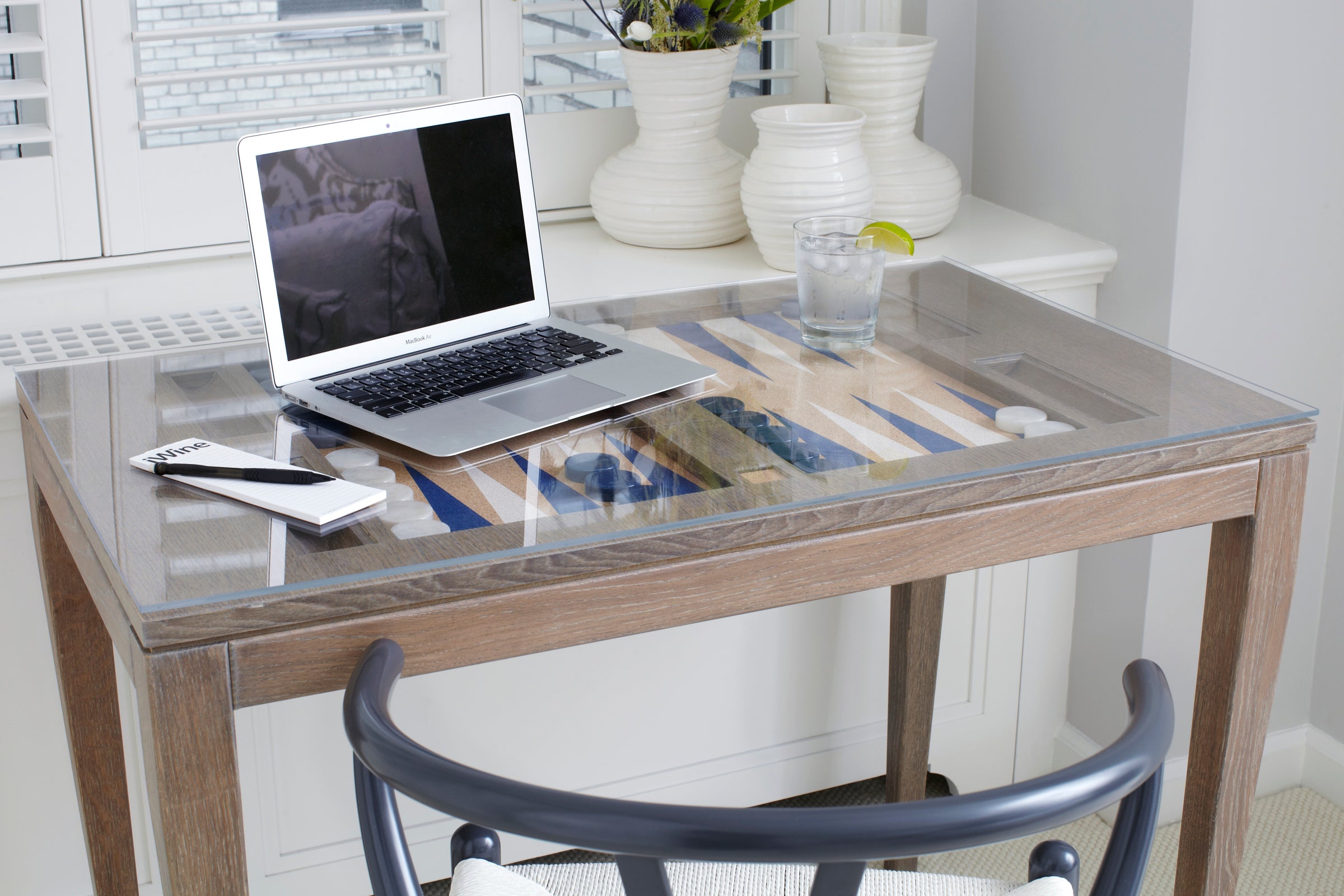
Mixing wood tones in your bedroom might sound tricky, but when it’s done right—it’s magic. Imagine a space where each piece feels curated, not chaotic. A walnut dresser beside a pale oak nightstand? Totally doable.
The secret lies in balance, repetition, and just a touch of boldness. Whether you’re working with heirlooms or handpicked custom pieces, blending wood styles brings depth and personality into your space. So, let’s dive into how to mix and match wood furniture in bedroom designs with confidence and flair.
Find a Wood Tone That Grounds the Room
Warm or Cool? Start by Picking a Direction
The foundation of coordinating mismatched furniture starts with understanding your palette. Wood tones generally fall into two categories: warm (think cherry, walnut, or red oak) and cool (like ash, maple, or gray-washed finishes). Picking one direction sets the stage. If you’re unsure, look at your flooring—it’s often the room’s dominant tone and a great place to begin.
According to Architectural Digest, warm tones tend to feel cozy and inviting, while cool tones are more modern and airy. Choose one camp and stick with it (unless you’re confident with mixing—more on that later!).
Let One Piece Take the Lead
The Bed, the Dresser, or Something Unexpected
Think of your dominant furniture piece as the anchor. In bedrooms, it’s usually the bed—especially something with presence like a poster bed. Consider a showstopper like the Wilton 4 Poster Bed, which instantly sets the tone. From there, other wood pieces should complement, not compete.
Let Scale and Shape Guide Supporting Pieces
Next, bring in support acts—nightstands, chests, mirrors. These don’t have to match the anchor piece exactly, but they should feel proportionate in scale and harmonious in style. For instance, pairing a grand bed with petite nightstands might feel off. Instead, balance it with something solid like the Easton Night Stand—a piece that holds its own while still playing nice.
Work With a Few, Not Too Many
Stick to Two or Three Tones Throughout the Space
When mixing wood tones, less really is more. Aim for two to three wood finishes max to keep things cohesive. Think dark walnut + mid-tone oak + a painted pop. Too many tones can feel chaotic, not collected.
Use Each Finish More Than Once So It Feels Intentional
Repetition is key. If you introduce a new tone, sprinkle it in more than once. It could be through picture frames, a mirror, or even a chair. Repeating each finish at least twice makes your choices feel deliberate, like you meant to do that (because you did!).
Pair Light and Dark the Right Way
73% of homeowners say choosing cohesive materials and tones is a top priority during bedroom design—proving that this balancing act isn’t just about style, it’s about satisfaction too.
Anchor Darker Woods Low, Keep Lighter Pieces Higher
Here’s a smart visual trick: keep the darkest woods low (think bed frames or dressers) and the lighter finishes up top (shelving, headboards, mirrors). It creates balance and prevents the room from feeling heavy.
Tie the Look Together With Texture and Fabric
Soft goods are your best friend when bridging wood tones. Upholstered headboards, linen-covered benches, or textured throws help mellow the contrast. Fabric tones can either warm up a space or cool it down—strategic choices go a long way in coordinating mismatched furniture.
Use Wall Color and Rugs to Bridge the Gap
Wall colors and area rugs act like glue between different finishes. Try neutral paints or patterned rugs that pick up both warm and cool tones. They help blend the various wood shades and make everything feel like it belongs together.
Add a Painted Finish to Break Things Up
Great for Nightstands, Accent Chairs, or Mirror Frames

Introducing a painted piece—like a crisp white or bold lacquered nightstand—gives your eye a break and makes the space feel layered. Painted furniture also works beautifully in transitional spaces that mix modern and traditional styles. Consider a custom-painted chest from the oomph collection to add a fresh twist.
Mix Styles Without Overdoing It
How Traditional and Modern Can Work Together
Combining design styles is less about rules and more about rhythm. A traditional poster bed can pair effortlessly with clean-lined modern nightstands when unified by color or finish.
The trick? Find a connecting thread—maybe it’s brass hardware, similar wood tones, or even shared scale.
Looking to understand how custom elements factor in? This guide on bespoke furniture explains how made-to-order pieces let you blend styles seamlessly while staying true to your space.
Let Texture and Materials Do Some Work
Metal, Linen, Leather, and Stone Bring Balance
Not every surface needs to be wood. Incorporate other materials—like a leather bench at the foot of the bed, a metal lamp on your nightstand, or a stone-topped dresser. These elements add dimension and give the wood room to breathe.
Soft Goods Can Tie Everything Together
Pillows, throws, bedding, and curtains can soften any tension between wood tones. Pick textiles that echo your dominant color story, whether that’s warm earth tones or cool grays. It’s one of the most effective tips for mixing wood furniture without overwhelming the space.
A Few Things to Avoid
Avoid Mixing Warm and Cool Unless You’re Confident
Sure, mixing warm and cool tones can work—but only if you’ve got a solid design plan and know how to mix furniture styles. It’s easy for the space to feel disjointed unless there’s a strong unifying factor (like consistent texture or color repetition).
Don’t Let Every Piece Compete for Attention
Every room needs a hero piece. If everything is bold and high-contrast, your eyes won’t know where to land. Let one or two pieces shine while the rest support the vibe.
Start With What You Love
Design should always begin with what makes your heart skip a beat. Maybe it’s a vintage dresser with a killer patina or a handcrafted bed frame. Build around that. Your passion will naturally guide the rest of your decisions, from tone to texture to layout.
And if you need help figuring out the next steps, start with these 20 interior design tips that pros swear by—they’re full of gems for anyone looking to add a little oomph to their bedroom.
Find Your Perfect Mix at oomph
Ready to build a bedroom that’s layered, beautiful, and uniquely yours? oomph has a collection designed with customization in mind—from statement poster beds to elegant chests and handcrafted nightstands. Every piece is made to order with quality and style at the core.
Let your bedroom reflect your style. Shop the oomph collection and start curating a space that’s as personal as it is polished.
FAQs
Can you mix wood furniture colors in a bedroom?
Absolutely! The trick is to limit your palette to two or three tones and repeat them throughout the space for a cohesive look.
What is the best way to blend different wood tones?
Use balance, repetition, and visual anchors like wall color, rugs, and textiles to unify different finishes.
Should all the furniture in a bedroom match?
Not at all. Matching sets can feel flat. Mixing styles and tones adds depth and character, as long as it’s done intentionally.
Is it okay to combine modern and traditional wood furniture?
Yes! Blending modern and traditional pieces creates a curated, designer feel. Just keep the finishes or colors cohesive.




